The European market pioneered regulations, now U.S. banks will address climate change as part of their enterprise risk management strategies
What lies at the intersection of climate risk modeling and enterprise risk management? While the answer to that is multifaceted, simply put, quality property data is at the heart of building resilient strategies for the unpredictable challenges posed by a changing climate.
In the second webinar on the subject hosted by CoreLogic®, Newmark, and Trepp®, panelists discuss the current state of banking regulation, the importance of using and understanding granular property data, how to approach reducing and mitigating risk, and some of the tools available to help understand risk and prepare for regulation.
View the one-hour webinar here.
Lessons for Banks Preparing for Regulatory Change
CoreLogic’s ESG, climate risk, natural hazard, and spatial solutions expert George Gallagher praised the Federal Reserve Bank pilot exercise as great start for the industry.
“We applaud the Federal Reserve Bank for the construction of this pilot exercise. Focusing on financial metrics using well-recognized and adopted return loss event periods leveraged the familiar so that banks could respond,” says George Gallagher. “Yes, (the FRB) could have added additional measures and requirements, but in this initial exercise, they incorporated concepts that are familiar across the lending ecosystem. And let me just note, this was a pretty heavy lift for the majority of the participants. The requirement was for the loan level details, which is wholly appropriate, so good job FED, and included both residential and commercial loans, which required interactions across business units that do not typically interact on a daily basis.”
While the pilot exercise was the initial foray into identifying areas where banks have opportunity to incorporate climate resilience strategies to bolster their approach to enterprise risk management, soon, there will need to be clearer and more focused banking requirements for reporting risk.
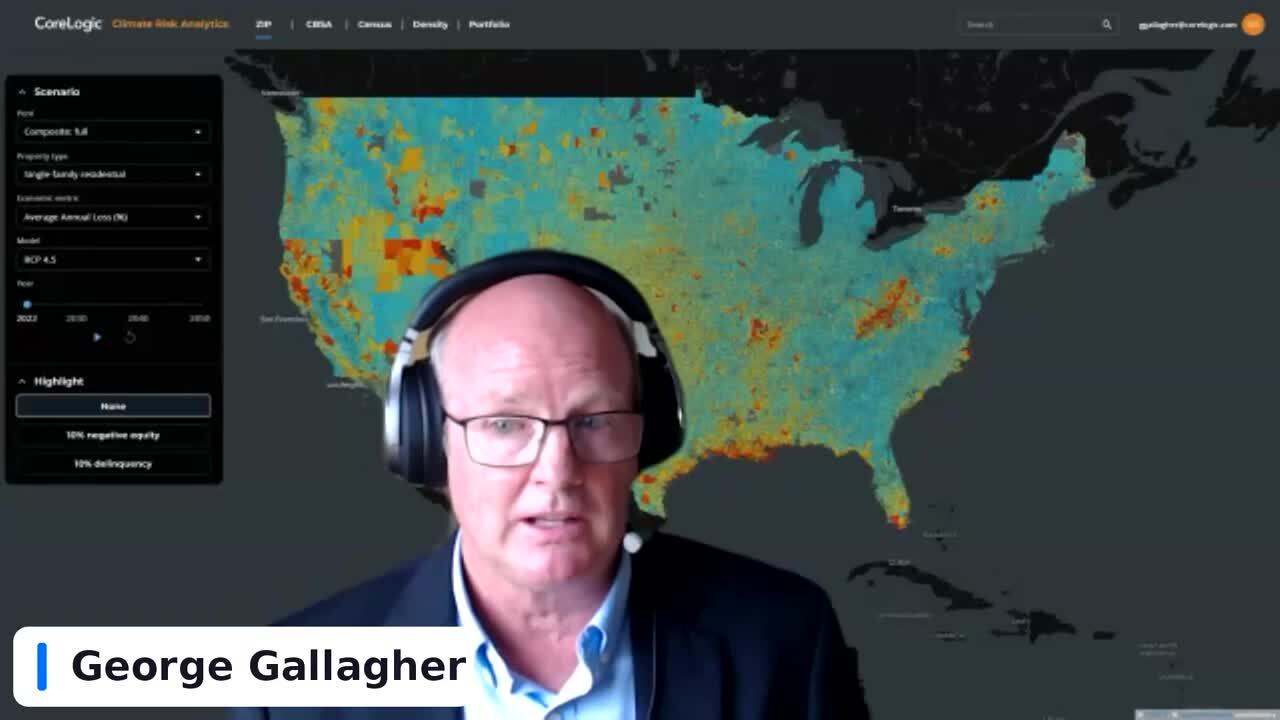
So what can banks do now to ready themselves for future regulatory changes? They can begin with lessons learned from across the pond.
“European banks have tested (climate risk to banking portfolios) already and we should be learning from the things that they found during their stress test component. So how should this translate into what U.S. banks should be doing over the next few months?” asks Joe Posavec, Executive Vice President, Loan Portfolio Solutions, Newmark Valuation & Advisory. “Banks need to make sure they establish a team to address climate change risk. They need to bring in their legal and their risk departments in their conversation. They need to start gathering data from the corporate borrowers as well as the real estate collateral…They also need to look at their loan documentation to see that they have sufficient provisions to address climate change risk.”
It’s All About the Data and How It’s Used in Climate Risk Modeling
CoreLogic’s George Gallagher explains, “We view the incorporation of catastrophe models in the context of climate as being critical to the proper evaluation of financial risk.”
Data is abundant, and with CoreLogic’s deep property data archives we know how important effective data analysis can be to glean the insights that will help define financial futures. With climate-related financial risks climbing to the top of banks’ considerations for future preparedness, it is critical to use vetted models to examine the range of possible future climate pathways and the associated economic and financial effects on banks.

Reducing and Mitigating Risk Should Be the Focus
While using data to prepare for a range of possible future scenarios is critical to ensuring long-term resiliency for banks, financial institutions are not the only ones that will benefit from the implementation of the regulatory change.
Resilience to climate challenges depends on proactively preparing for changes to regulations by collaborating with all stakeholders, learning from previous exercises, using accurate and true data sets and models, reducing our risk levels, addressing insurance gaps, and taking advantage of available analytic tools. We all must face these challenges head on using the resources available, and it is our willingness to make the necessary changes that will determine our ability to flourish in the future.
“A broken insurance market is not the problem…The focus on insurance markets and policy decisions…is not directed in the right place and needs to be redirected to driving down climate risk.” — Nancy Watkins, Milliman
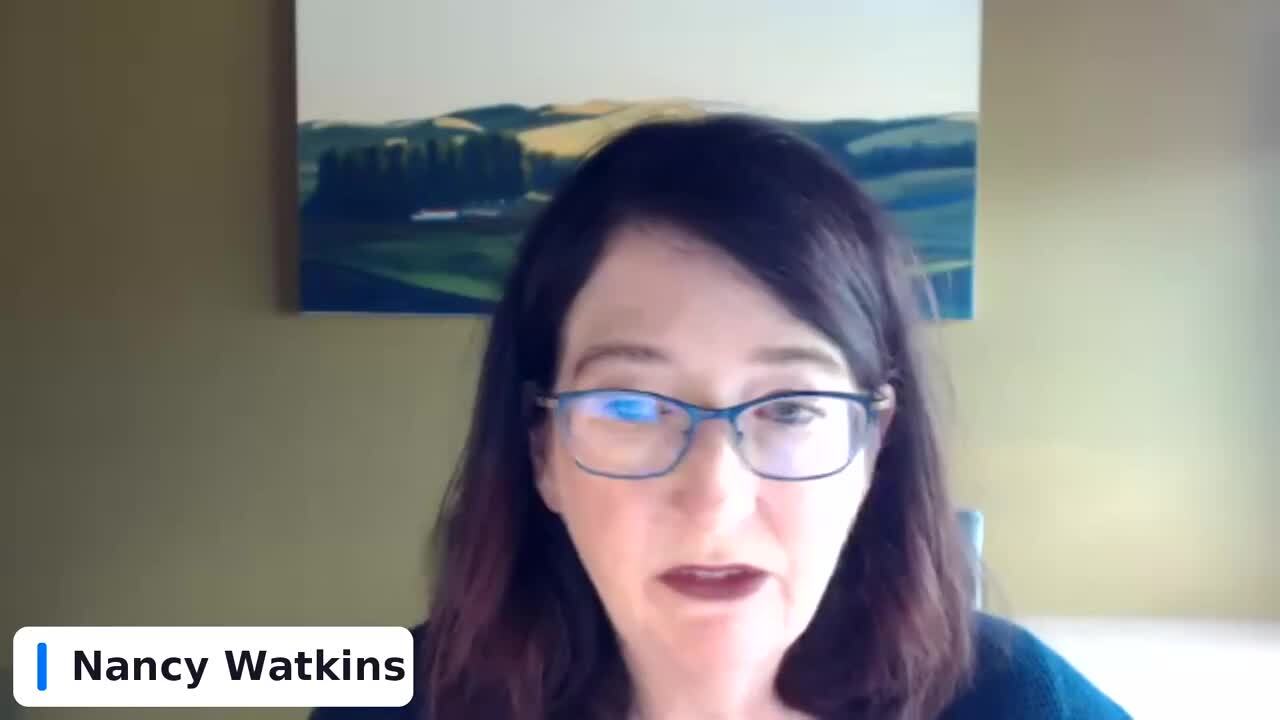
A majority of the top 50 metropolitan statistical areas are seeing large increases in their insurance expenses due to increased risk for natural disasters, but consumers can be slow to adapt to these changes.
“If you look at the actual increases at the line-item level, Miami took the top spot at a 28% increase in their insurance expense on a year over year comparison,” explains Lonnie Hendry, Senior Vice President, Head of Commercial Real Estate and Trepp Advisory Services. “Where it gets really interesting though is that Miami, in addition to the increased insurance cost, has the highest flood risk in the U.S., but it hasn’t to this point truly stopped development in that market. “
While adapting to change is a necessary part of resiliency, when it comes to reducing risk, some solutions are more effective than others — and we should focus on those.
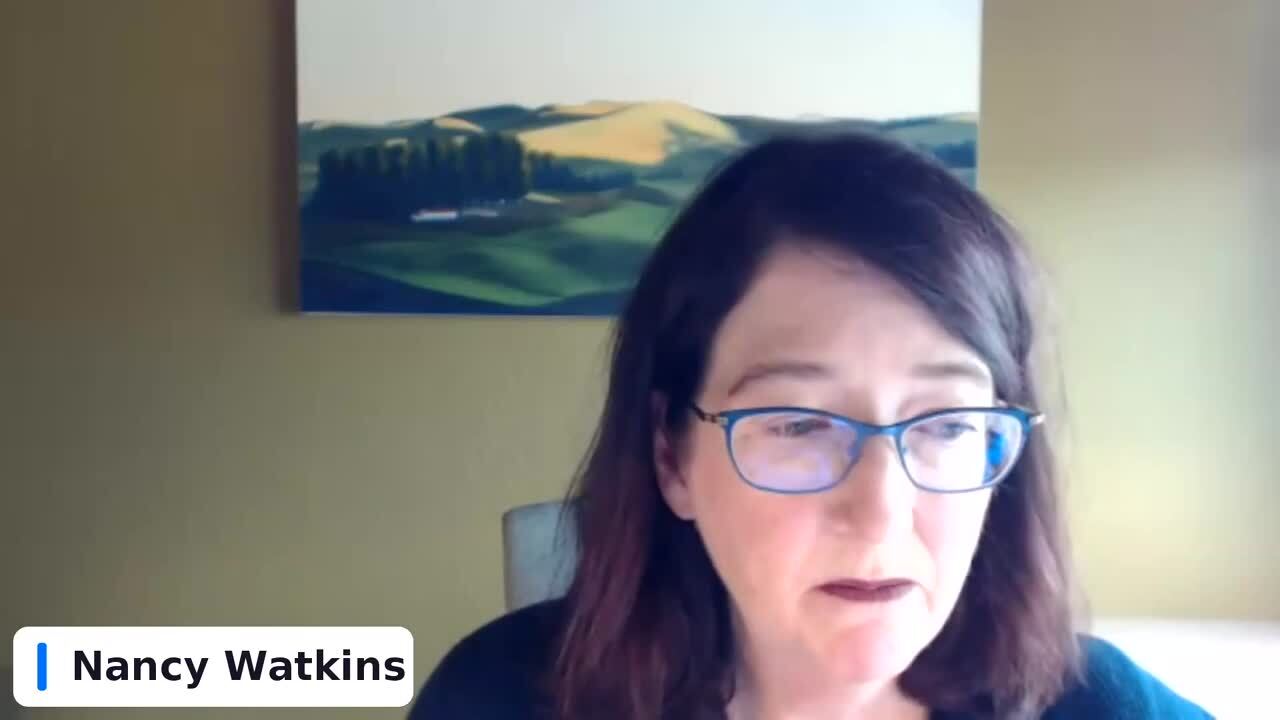
As nature and human civilization continue to converge, mitigation efforts need to be addressed at the community level, not just at the property level.
View the one-hour webinar
“We are convening multiple stakeholders, government, insurance trades, wildfire management community, fire entities, CAT modelers, and fire scientists, and trying to come up with a whole framework to understand and mitigate wildfire risk at the community level,” says Milliman’s Nancy Watkins. “Right now, most of the efforts have been directed at the home level. The problem is you can do whatever you want to your house, but you didn’t change the risk for your house at all because the community is the risk. And so, you’ve got a tragedy of the common.“
There are ways to address both housing shortages and mitigating wildfire risk, while also defining safe ways to build in the Wildland-Urban Interface (WUI). (The WUI is the zone of transition between unoccupied land and human development, where structures meet with undeveloped wildland and vegetative fuels.)
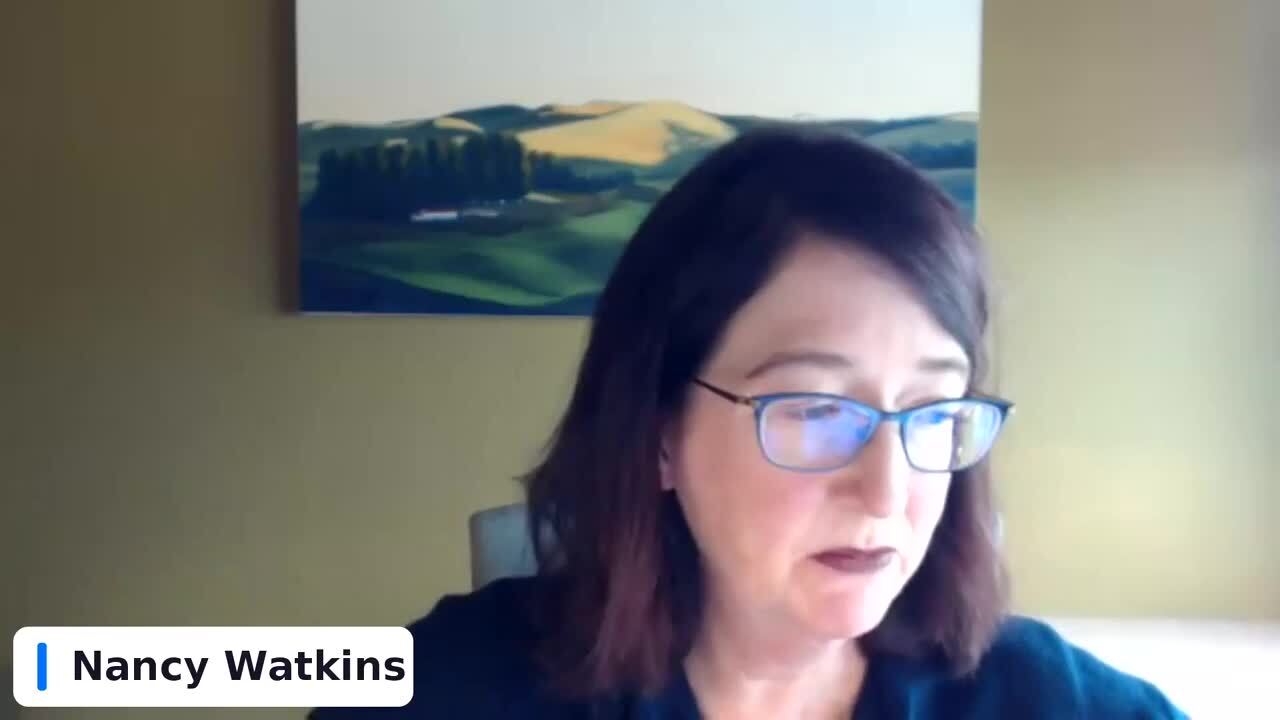
Tools Are Available to Help You Understand Your Risk
Whether you are a lender, a community leader, a homeowner, or an insurance company, there are many tools available to help you understand and reduce your risk.
The Federal Emergency Management Agency (FEMA) provides easily accessible tools for understanding risk, such as their National Risk Index and the Climate Risk and Resilience (ClimRR) portal.
“The FEMA National Risk Index (or the NRI)…is an online tool to help illustrate the United States communities most at risk for 18 natural hazards…The National Risk Index interactive mapping and database interface enables users to visually explore individual data sets…to better understand what is driving a community’s natural hazard risk, with minimal technical expertise…You can also look at things like social vulnerability or community resilience,” says Quentin Cummings, Climate Analytics Lead, FEMA.
These tools are, however, only part of the long-term resilience equation. To truly prepare for the future, you need to combine climate and catastrophe modeling.
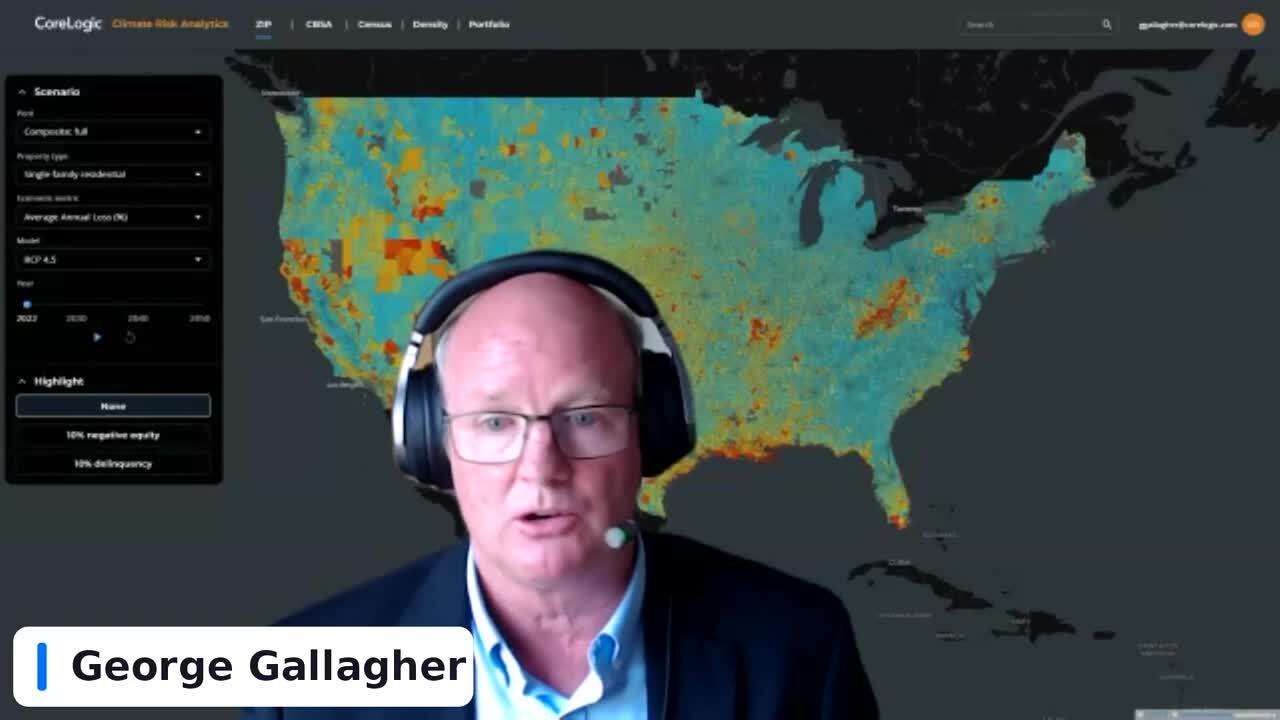
Find out more by watching our webinar on how banks can ready themselves for climate risk regulation.


